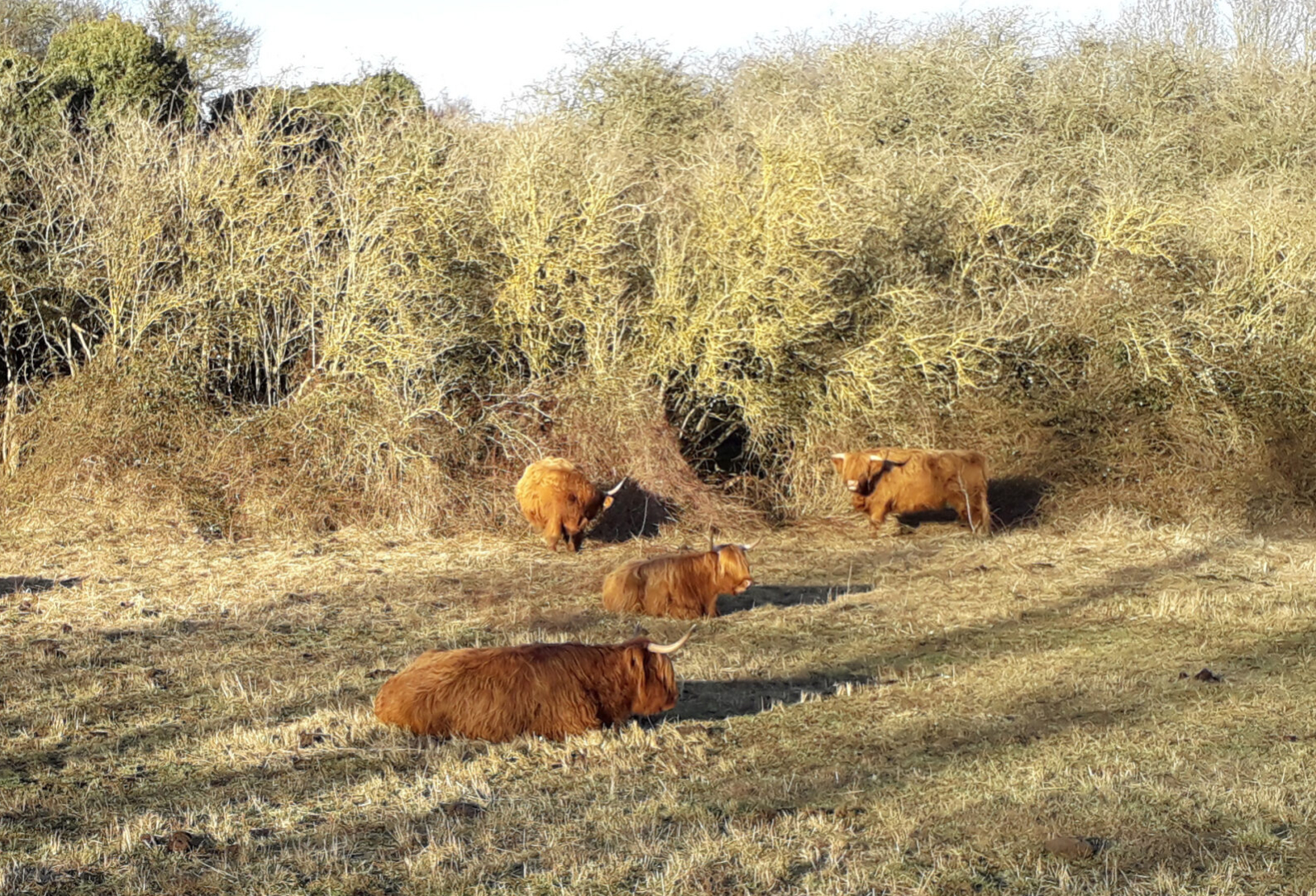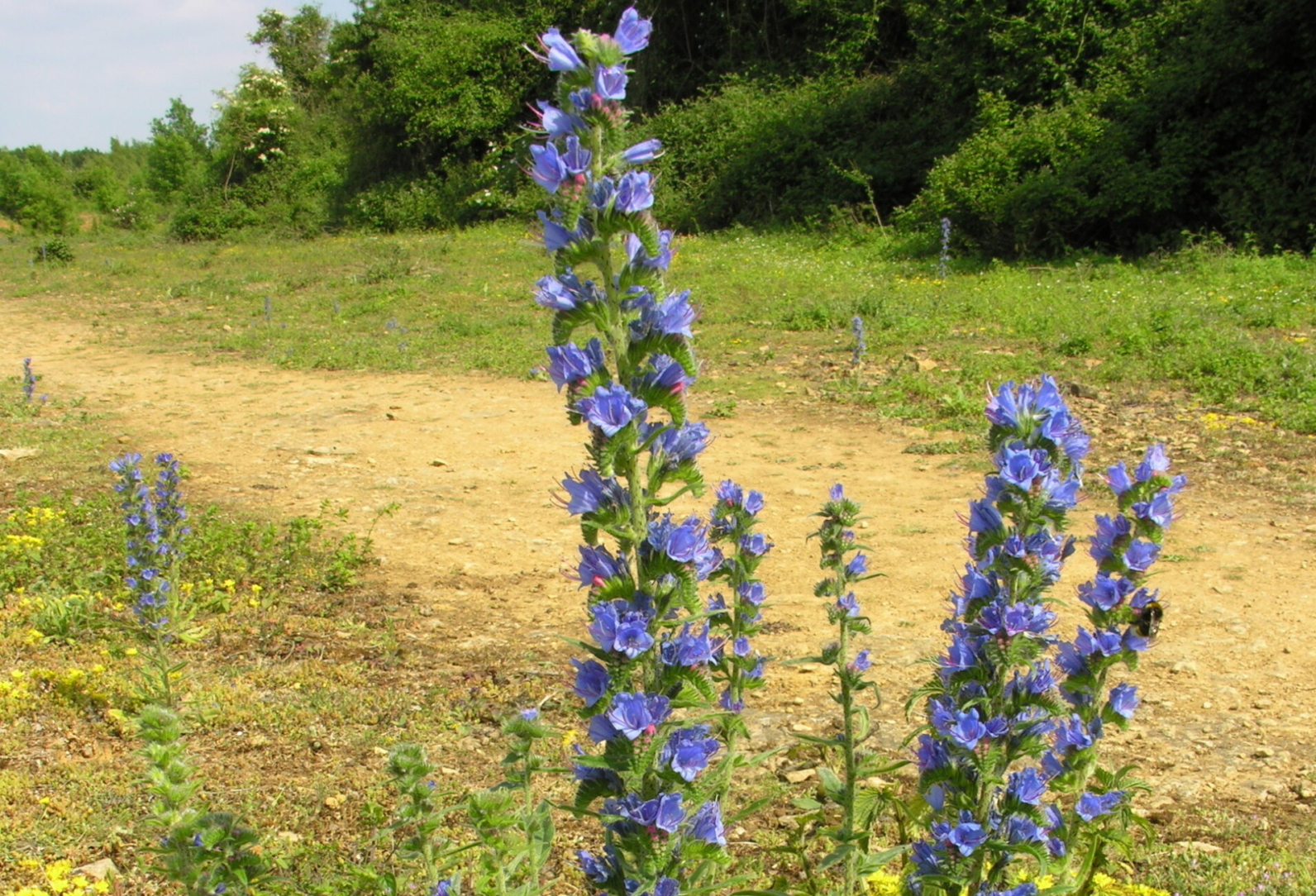Wildlife Trust for Bedfordshire, Cambridgeshire & Northamptonshire
Old Sulehay, on the Northamptonshire/Peterborough border is a very special area of ancient woodland and limestone grassland full of flowers insects and animals, both common and scarce.
The Oolitic limestone in north Northamptonshire and Peterborough lies on the Lincolnshire limestone. With considerable ancient woodland remaining on the boulder clay areas, it is a landscape with a high concentration of sites that are already important for wildlife and is one of the few areas where a diverse mosaic of wildlife rich habitats occur next to each other. The Trust’s ultimate vision is to link 18 SSSI/NNR/CWS sites totalling 400 hectares of which this is one.
To this end Restore Our Planet’s donation was used specifically for the purchase of 3 adjoining areas: Ring Haw, Nassington Gullet and associated arable farmland in all totalling 39 hectares.
Following the purchase, two arable fields were restored to limestone grassland using green hay from nearby species-rich grassland. This has been incredibly succesful and the fields are now managed by grazing using the Wildlife Trust’s own Highland cattle.
The site is regularly visited by botanists both local and further afield.
Nassington Gullet supports a range of plants associated with more open, disturbed habitats. It is managed partly mechanically, cut with a tractor, and by sheep and cattle grazing.
The Ring Haw site includes an old quarry office used by the Wildlife Trust for delivering a range of training events, from general ecological skills through to invertebrate identification.
In 2021 BCN have focussed on improving the infrastructure for grazing by repairing and extending fencing and installing a water trough. The southern end of the reserve has never looked so good as species-rich grassland develops under better grazing management.
Attention is now turning to a different area. Approaching the former quarry office much wildlife benefit has been lost as trees and scrub have encroached over the track side and shaded out the plants and wildflowers that flourished there.
With the help of a further grant from Restore this vegetation will be cut back along around 300m of the track allowing more light in again, creating a more varied structure to help plants and invertebrates that require that require open habitat to flourish.
This work was completed in early 2023.
A dead hedge has been created at the edge of the cleared area to further diversify the habitat, providing cover for nesting birds and small mammals. Staff and volunteers will maintain these habitats in balance by cutting regrowth of woody vegetation in a 4-8 year rotation.
Monitoring work in the nearby areas similarly restored over the last few years recorded 86 flowering plants, including Greater butterfly orchid, Hairy St. John`s wort and Nettle-leaved bellflower.
It is expected that butterflies including the Silver-washed fritillary and other diverse species will benefit from these environmental improvements.

Highland Cattle at Nassingtons Bottom. Photo © Ian Hilbert

Vipers Bugloss at Old Sulehay. Photo © Ian Hilbert

Cowslips at Old Sulehay. Photo: © BCN
